Getting closer to Christmas we put focus on REVEALING the Danish Christmas Traditions, from the many markets and the “street life”, to the characteristic Advent customs, and the famous Christmas meals, such as the dessert ‘Ris a l’ Amande’. Join us on the magical journey through the Danish customs.
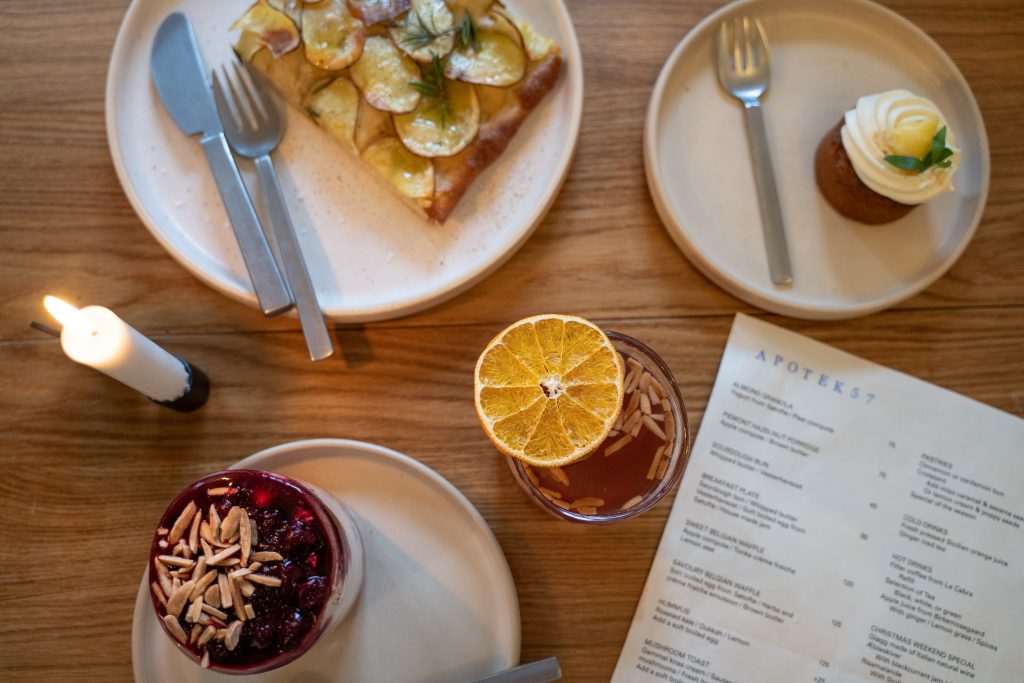
Spending December in Copenhagen suddenly seems like living in a completely different city than the one during the rest of the year. The squares become ice rinks or Christmas Markets, where you can buy home decorations, presents, eat æbleskiver, drink hot chocolate or the classic Gløgg as we did at the amazing Apotek 57. The streets gets decorated and the lightning becomes the main character, making the city even more charming and hyggelig (cosy) than ever.
That’s the way the Danes transform the darkest month of the year into one of the most charismatic ones.
Christmas in Denmark is celebrated during the whole month of December, starting the countdown on December 1st. During this month, it is very common to meet with friends to bake home-made pastries and as well to create Advent centerpieces. The big celebration of Christmas is on December 24th “Juelaften” (Christmas Eve) where the Danes have the most important dinner of the year. That is the evening where Santa Claus arrives with the Christmas presents to the kids – and to the grown-ups as well.
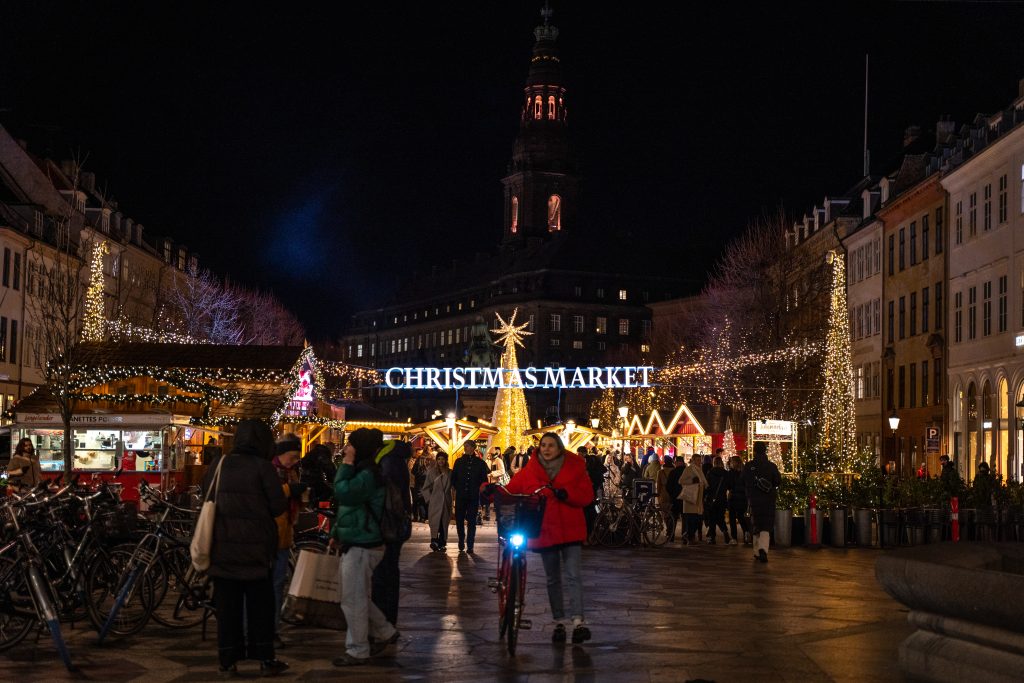
ADVENT TRADITIONS
The Danes start getting ready for Christmas as of November, decorating the streets with a cosy and warm light and the Christmas markets open, which encourage people to start the decoration at home as well. It is common to see the houses and apartments illuminated at the beginning of the season and the people inside sharing pastries, wine and quality time with their families and friends.
One way to prepare themselves for Christmas is by using Advent calendars, which are very popular in Denmark, especially between families with children, who use these advent calendars for counting down to December 24th. They consist of a Christmas illustration with little doors containing a piece of chocolate or candy for each day.
The kids are meant to open one door every day from the 1st to the 24th of December. In almost every home of the Danes you will find a huge Christmas candle numbered from 1-24, which is burned according to the numbers marked – a little piece per day until Christmas Eve arrives – filling the houses with Christmas spirit.
Another important Christmas tradition for the Danes are the small celebrations at the home during the month of December in which they meet and bake some typical pastries with their relatives and friends, including ‘klejner’, ‘pebernødder’, ‘brunkager’, ‘jødekager’ or ‘vaniljekranse’.
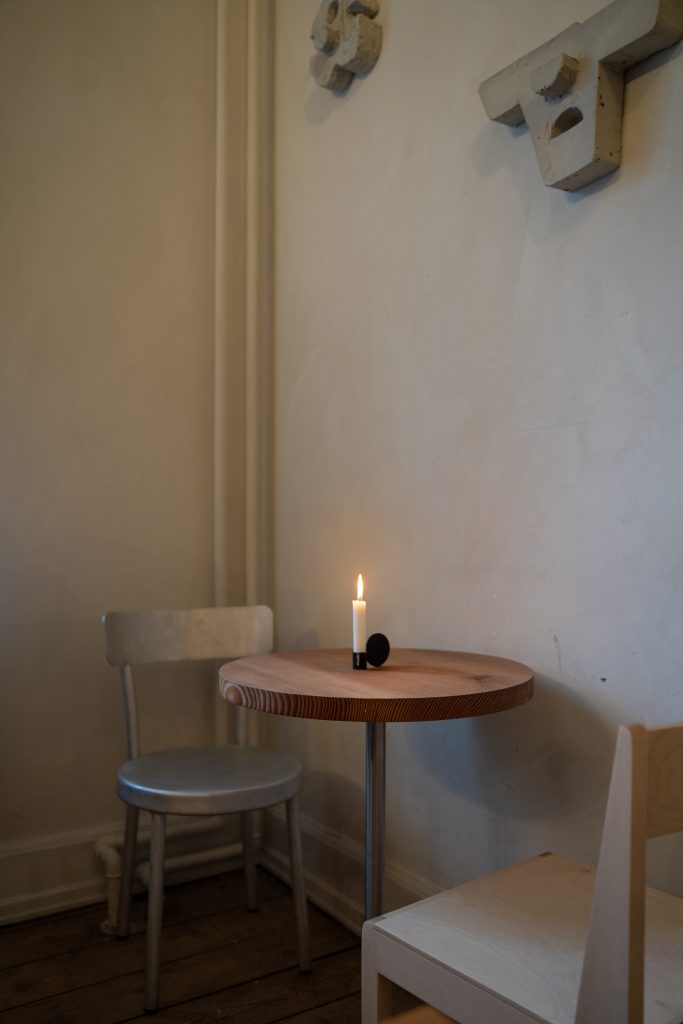
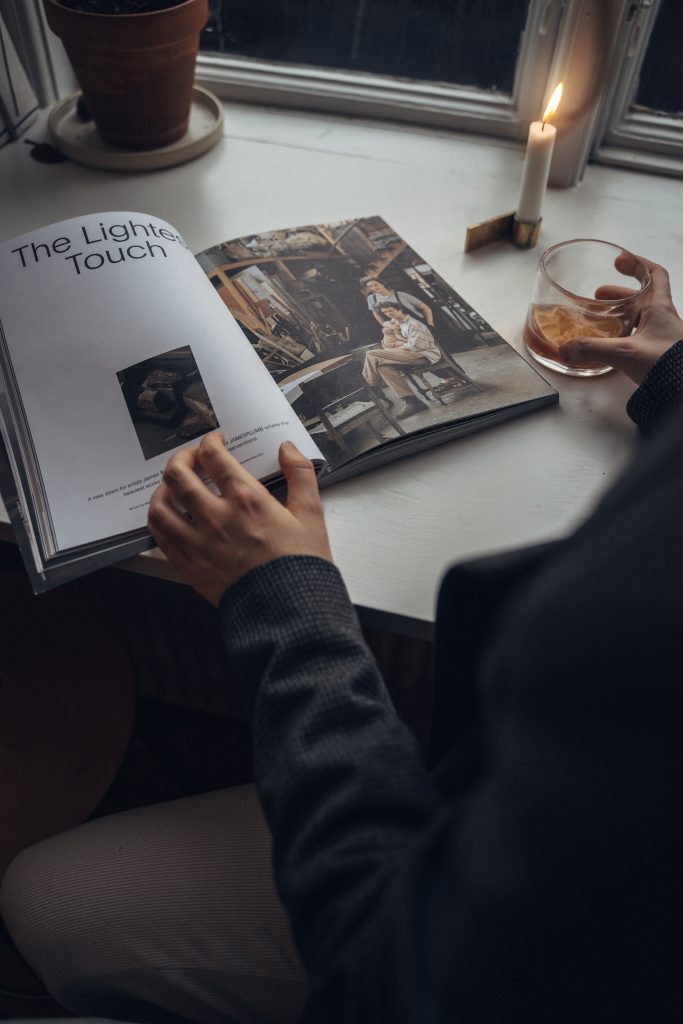
CHRISTMAS MARKETS
If you are not the home-loving type, you have several other options exploring the Christmas city. As previously said, Christmas markets are one of the most representative icons of Danish Winter. You can wander through Copenhagen and find a lot of them close to each one.
Nyhavn Christmas Market
From the beginning of November, you can walk along the Nyhavn canal breathing the Christmas spirit. The combination of hand-made gifts stalls, snacks, chocolate and wine united with the atmosphere of joy complete this scenery full of illuminated boats, with their related reflections on the water, that will make you feel like you are living in a Christmas movie.
1051 Kobenhavn K
- Sun-Thurs 10:00-19:00
- Fri-Sat 10:00-20:00
Julemarked Kongens Nytorv
Super close to Nyhavn, we find Kongens Nytorv, which is one of the most popular squares in the city. In their 3 centuries long, Kongens Nytorv has seen many different events, from Christmas markets and ice-skating to military parades. This year, the topic of the market is ‘a journey back in time’ where everything is designed to make us feel like we are living the Christmas of our grandparents. It’s the perfect location to drink a glass of mulled wine or gløgg, a hot spiced wine which usually includes almonds and raisins, as well as cinnamon sticks.
- Monday to Wednesday: 11.00 am – 7.00 pm
- Thursday: 11.00 am – 8.00 pm
- Friday: 11.00 am – 9.00 pm
- Saturday: 11.00 am – 9.00 pm
- Sunday: 12.00 am – 7.00 pm
Julemarked Højbro Plads
Located between Amagertorv and Slotsholmen, this market counts 280000 sparking Christmas lights, reindeers, pixies and Santa’s sleigh. These together build the authentic Christmas village just in the centre of Copenhagen.
- Monday to Wednesday: 11.00 am – 7.00 pm
- Thursday: 11.00 am – 8.00 pm
- Friday: 11.00 am – 9.00 pm
- Saturday: 11.00 am – 9.00 pm
- Sunday: 12.00 am – 7.00 pm
HC Andersen
Located at the beginning of the famous ‘Strøget’ street, this Jule Market is the perfect place to find handicrafts, hand-made sweaters, socks, scarfs and even teddy bears inside the stalls that are decorated like vintage huts.
And if you prefer to do something more exciting than stay at home or visit the markets, you can always choose to do some sport at the ice rinks. The most popular ones are in Frederiksberg (Skovridergårdsvej 9, 4250 Fuglebjerg) and Strandgade (Strandgade, 1401 København K).
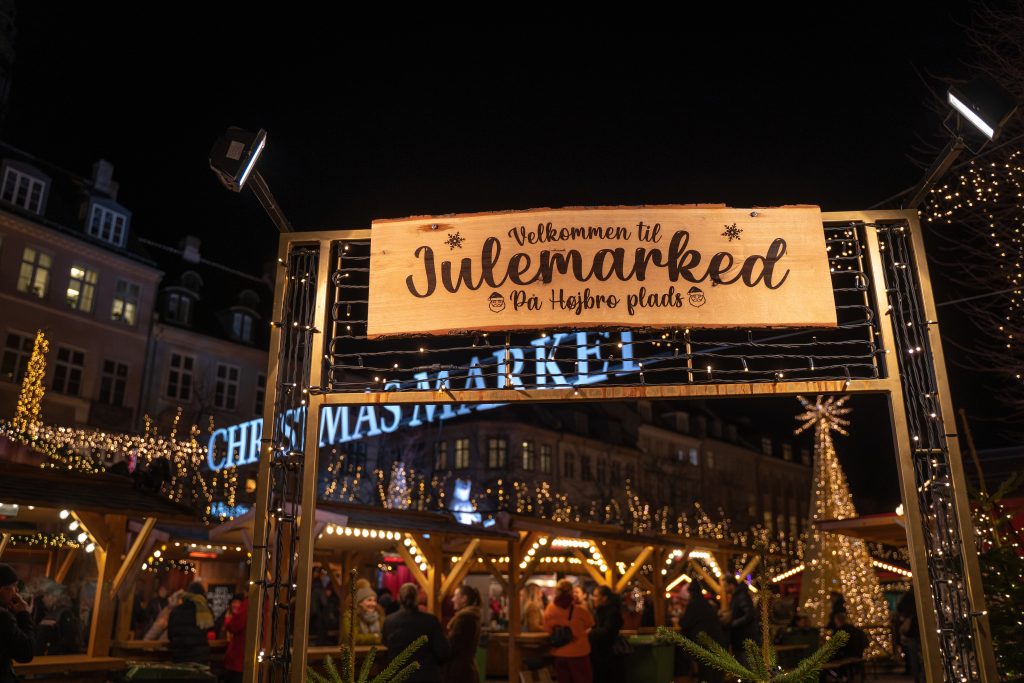
24TH OF DECEMBER: CHRISTMAS TABLES AND DECORATION
Decoration is a hallmark of the Scandinavian countries. They all have in common the use of natural elements in a minimalist environment. Christmas time is not an exception. They adorn their homes in the same minimalist way to get a festive and yet elegant and timeless look that fits perfectly in the Nordic houses.
The most important design brands such as Georg Jensen or Royal Copenhagen start the season with their traditional Christmas decor collections dominating the displays. Even fashion brands as our brand partner Stine Goya create limited editions for Christmas. In this case, a Christmas baubles collection in collaboration with Mødrehjælpen – an organization that supports kids’ families in difficult social and economic situations.
These aesthetic cultural values leads to one of the most important Christmas traditions in Denmark, that is setting the table. On December 24th the relatives meet at home to celebrate Christmas, which includes having the perfect table settled. This consists of tablecloths, candles, ribbons, plates and cutlery in order to create a cosy atmosphere.
Royal Copenhagen has created an event called “Copenhagen Christmas Tables” . It is a project based on having famous locals decorating a Christmas table at their Royal Copenhagen flagship store, which just reinforces the importance of the Christmas tables. This year, the theme of the event is ‘New Traditions’ and the participants are Cecilie Nissen Haugaard, Christina Meyer Bengtsson & Claus Meyer, Lotte Tegner Freddie, Nanna Oland Fabricius and Nikolaj & Isabella Stokholm.
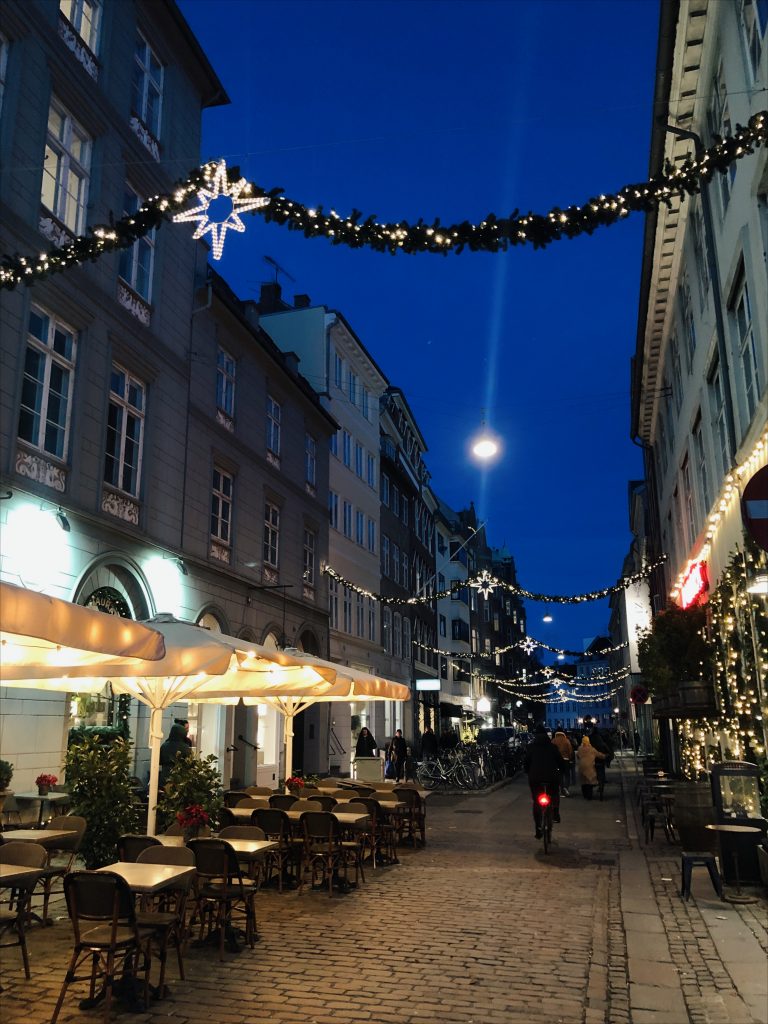
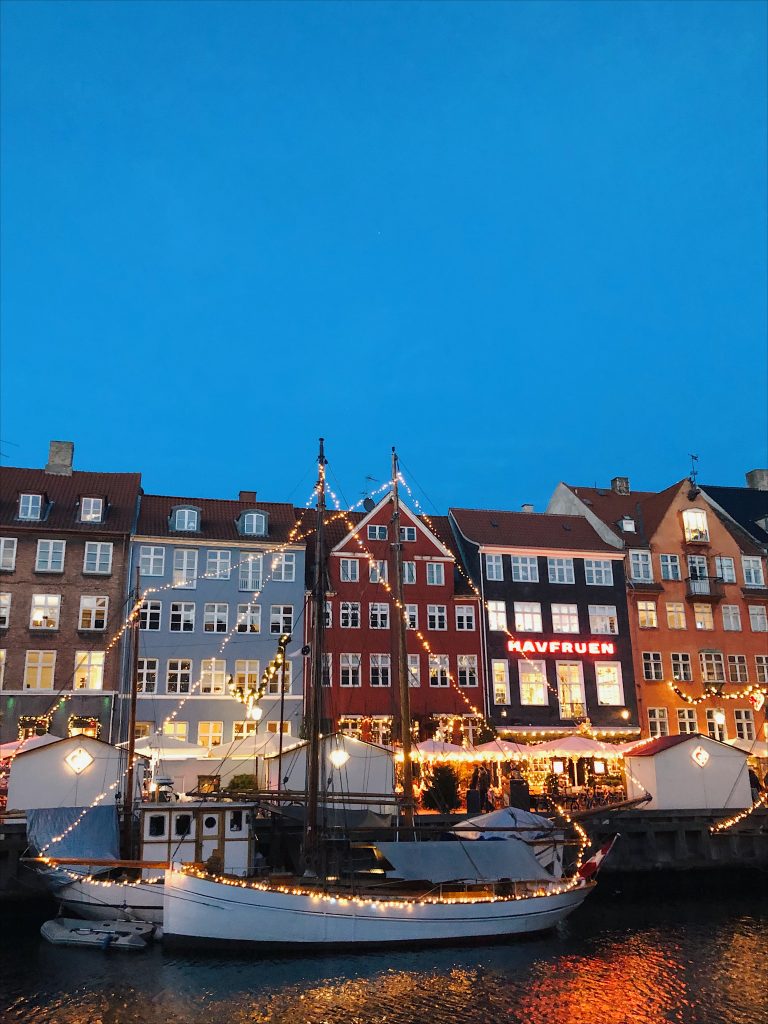
On December 24th the meal that we find on all the Danish Christmas tables is “flæskesteg” roasted pork and duck served with boiled potatoes, caramelized potatoes and cabbage salad (original way) or a modern one cooked with grenade, orange and nuts, all accompanied by drinks: julebrygg, mulled wine, gløgg and wine, mostly. For dessert, they eat the famous ‘ris a l’Amande’, which is rice with almonds. It’s a traditional Danish dessert served at Christmas. To cook it, you have to mix rice pudding with whipped cream, milk, vanilla and laminated almonds. It is served cold with a cherry sauce. A Christmas game is linked to this dessert. One entire almond is hidden in the dessert and the person who finds it wins a special prize: it could be a chocolate heart, a marzipan pig or a board game, it depends on the family.
After dinner, the family gathers in the living room and they light the candles from the Christmas tree. They typically accompany this tradition by dancing around it while holding hands and singing Christmas songs like ‘Silent night’. They finish the celebration by opening the Christmas presents under the tree, the most expected moment of the night and the month for the children.
Concluding, decorating the table, eating duck with potatoes, playing the almond game while eating ris a l’Amande, and dancing around the Christmas tree to keep the excitement before opening the presents, are some of the most important elements of Christmas Eve in all the Danish homes.
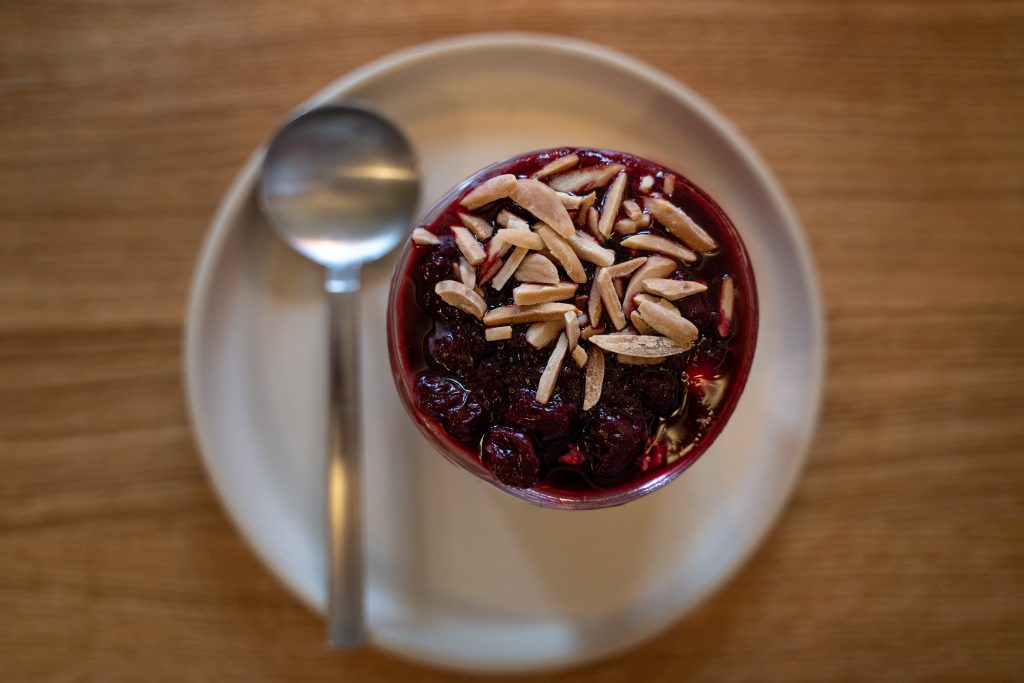
RECOMMENDATIONS
If this ‘December in Copenhagen guide’ has opened your curiosity and you want to learn more, here you have a few recommendations where to go if in Copenhagen, or some interesting Christmas products, and recipes on how to practice some of these Danish costumes. We hope to bring you a bit closer to the Danish way unlocking well-being.
- Taste a traditional Julefrokost at Kronborg Restaurant in Copenhagen http://www.restaurantkronborg.dk/
- Buy Glogg at Noorbohandelen https://www.noorbohandelen.dk/ or taste it at Hviids Vinstue https://www.hviidsvinstue.dk/
- Get to know the Stine Goya Christmas Baubles collection https://stinegoya.com/products/christmas-baubles-other-aster
- Check out the Christmas Collection at Royal Dansk or Georg Jensen https://www.royalcopenhagen.com/da-dk https://www.georgjensen.com/global
- Cook some Danish cookies following these recipes: https://foodgeek.dk/en/danish-christmas-cookies-recipes/
- Learn how to cook ‘ris a l’Amande’ https://nordicfoodliving.com/risalamande-danish-rice-dessert/

